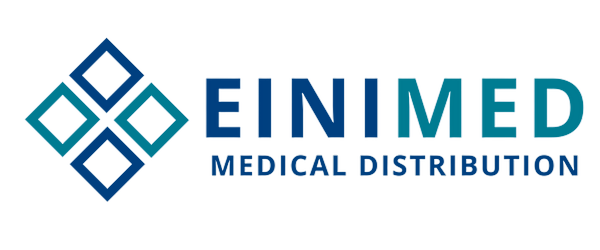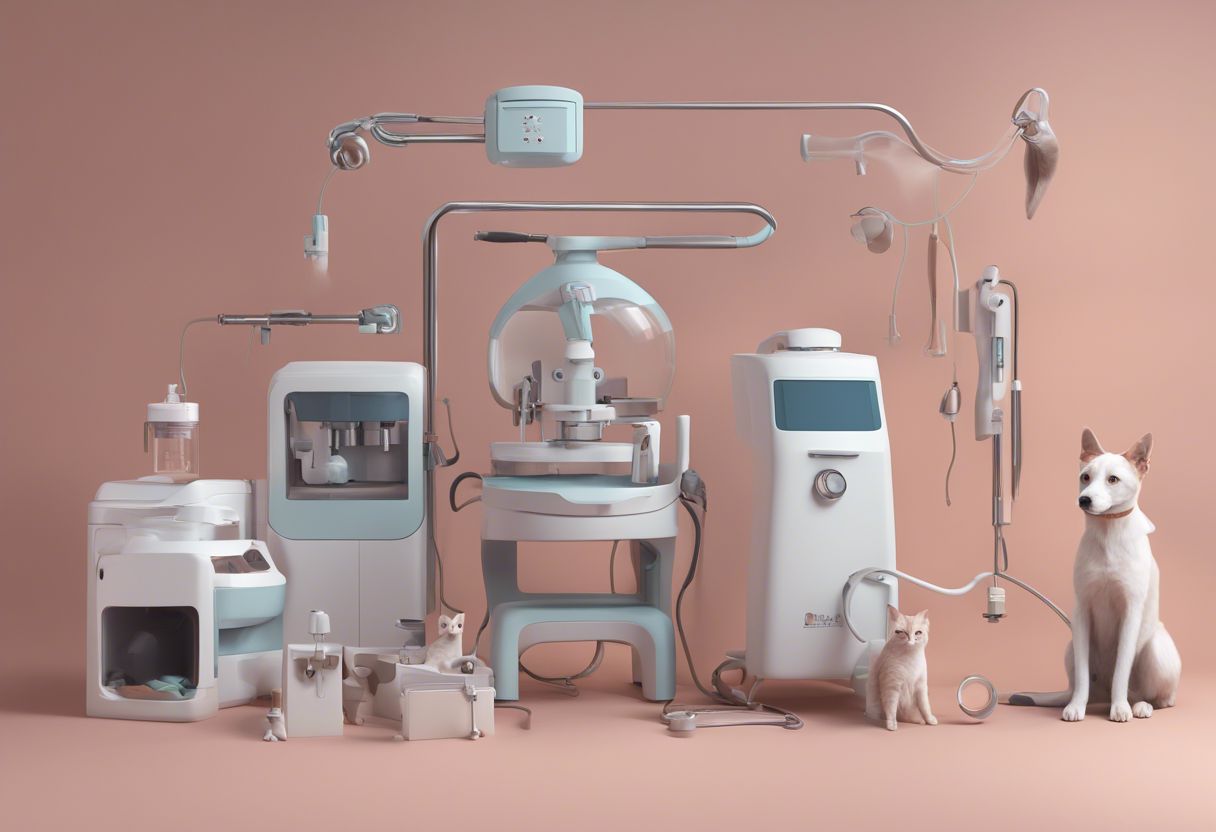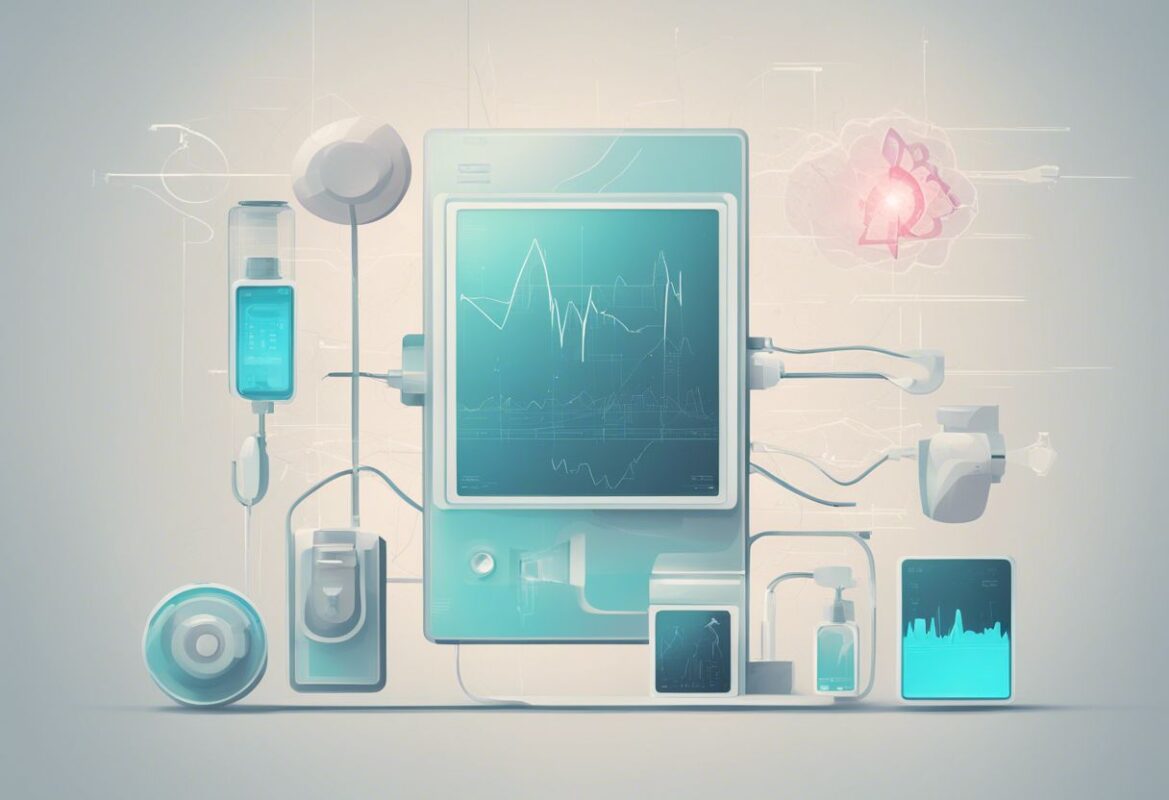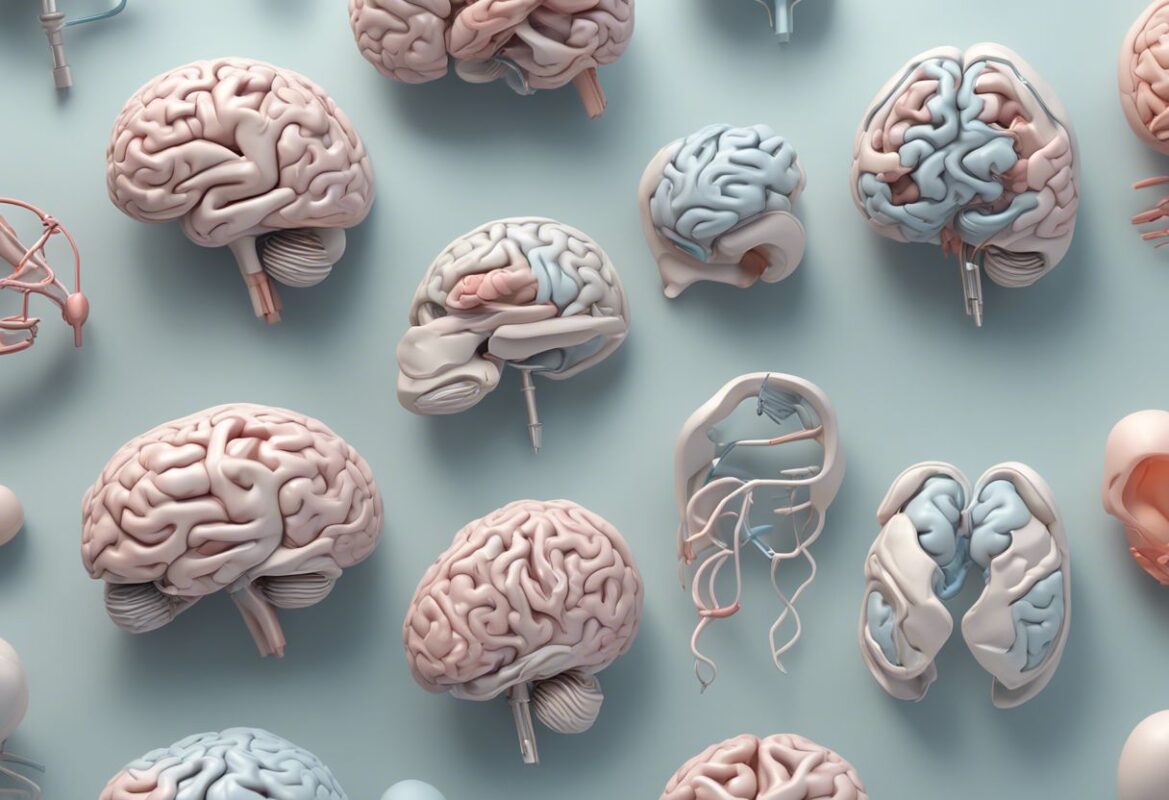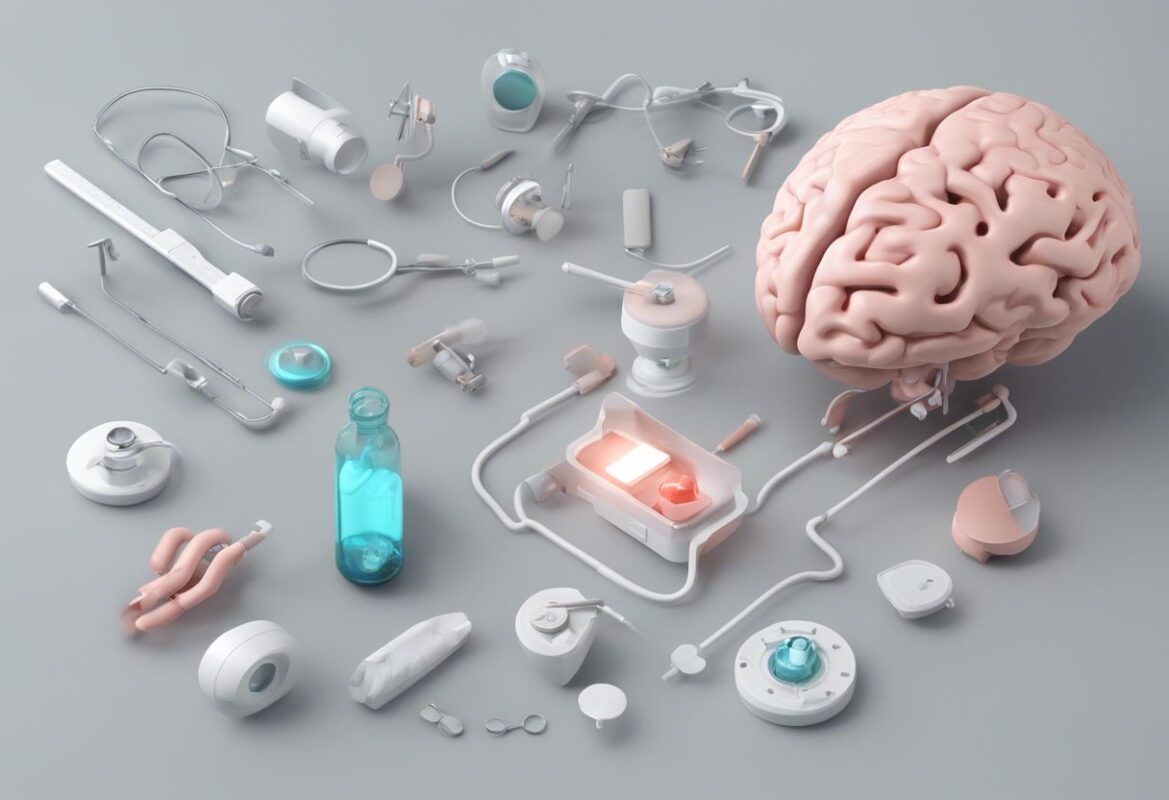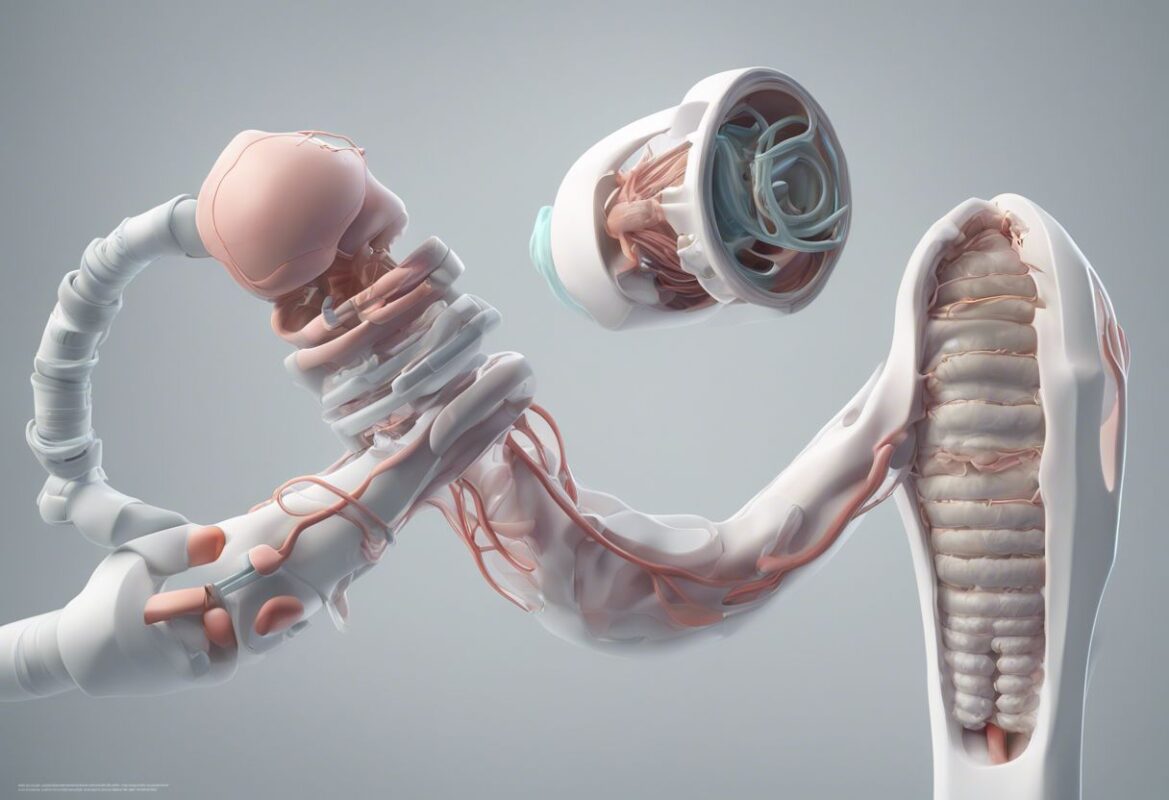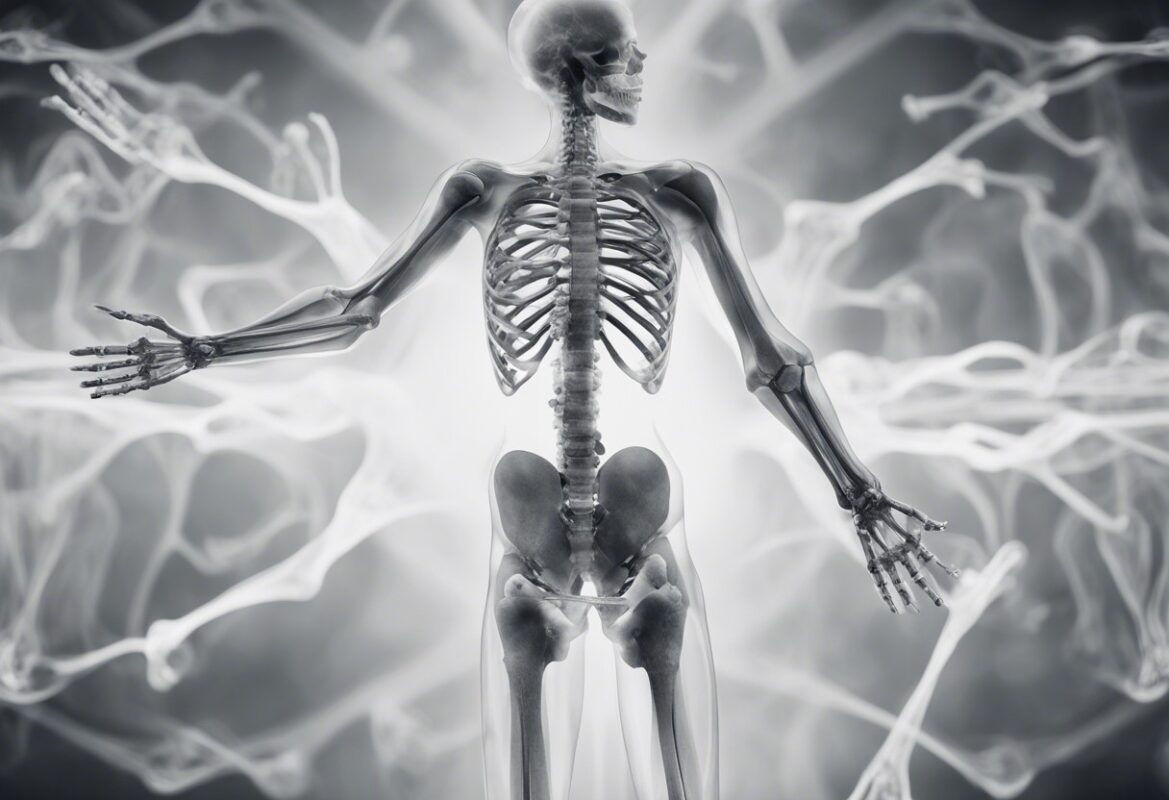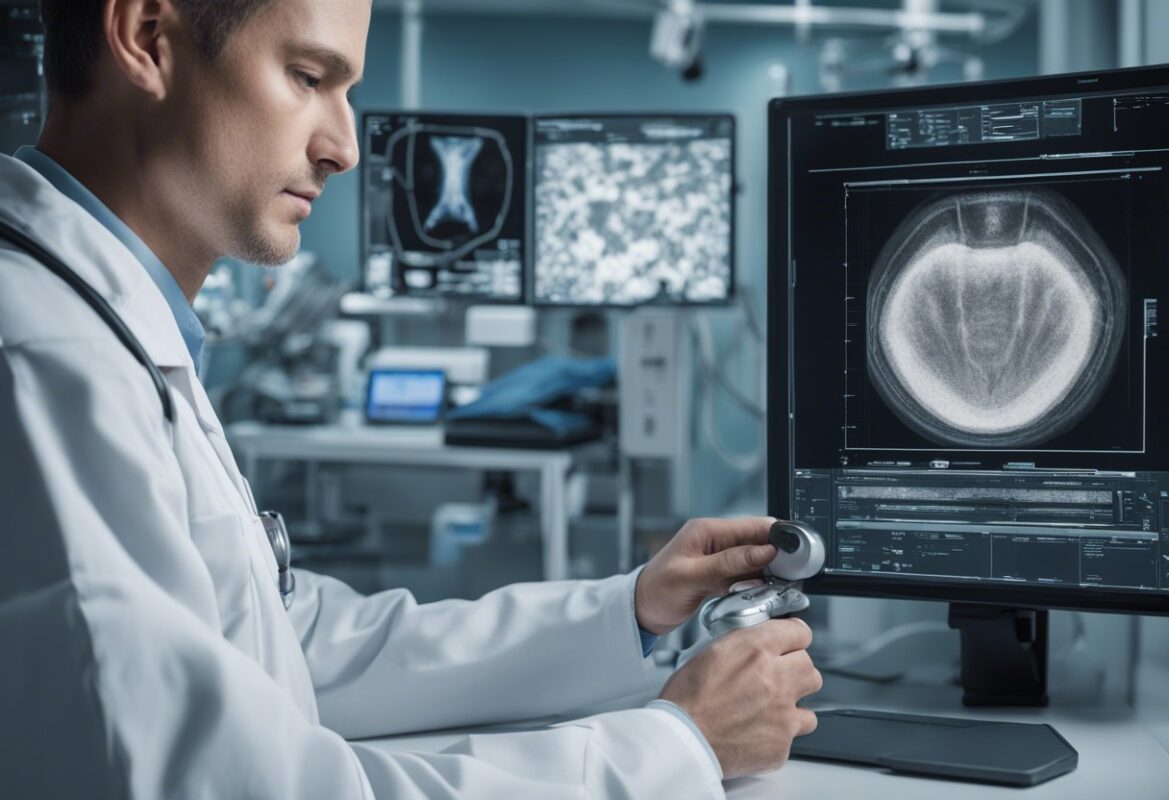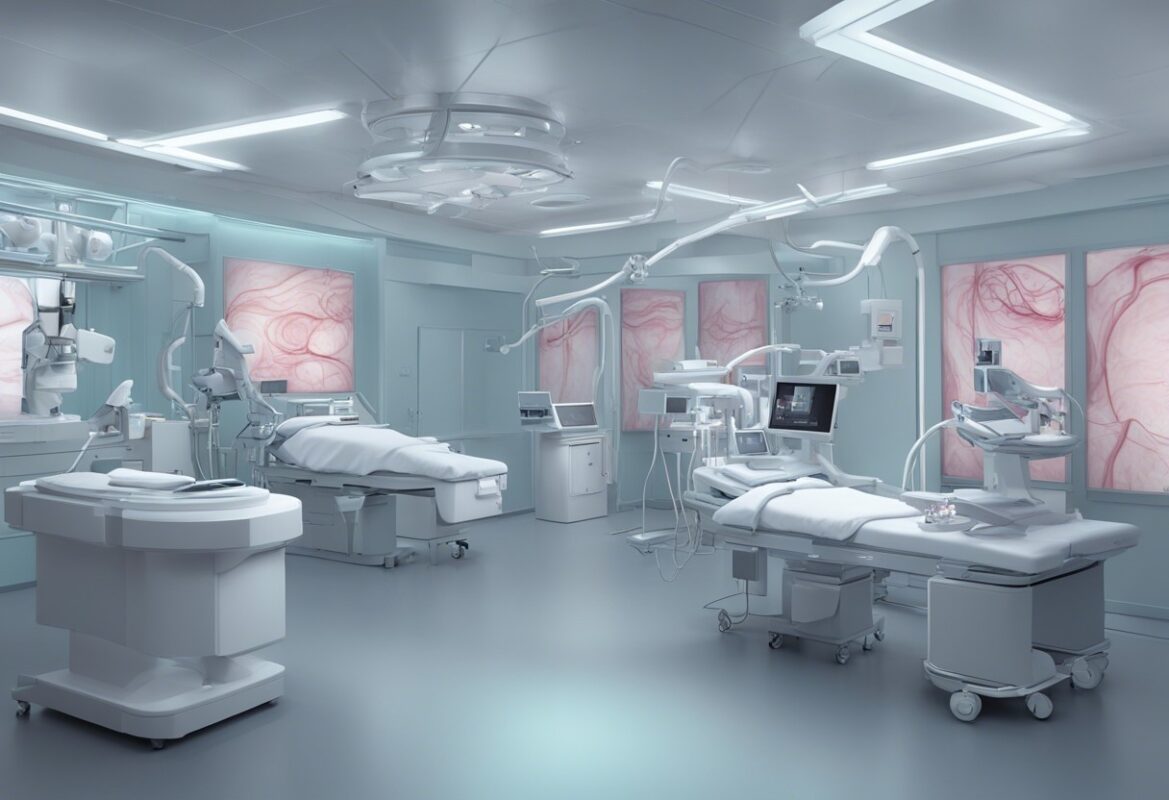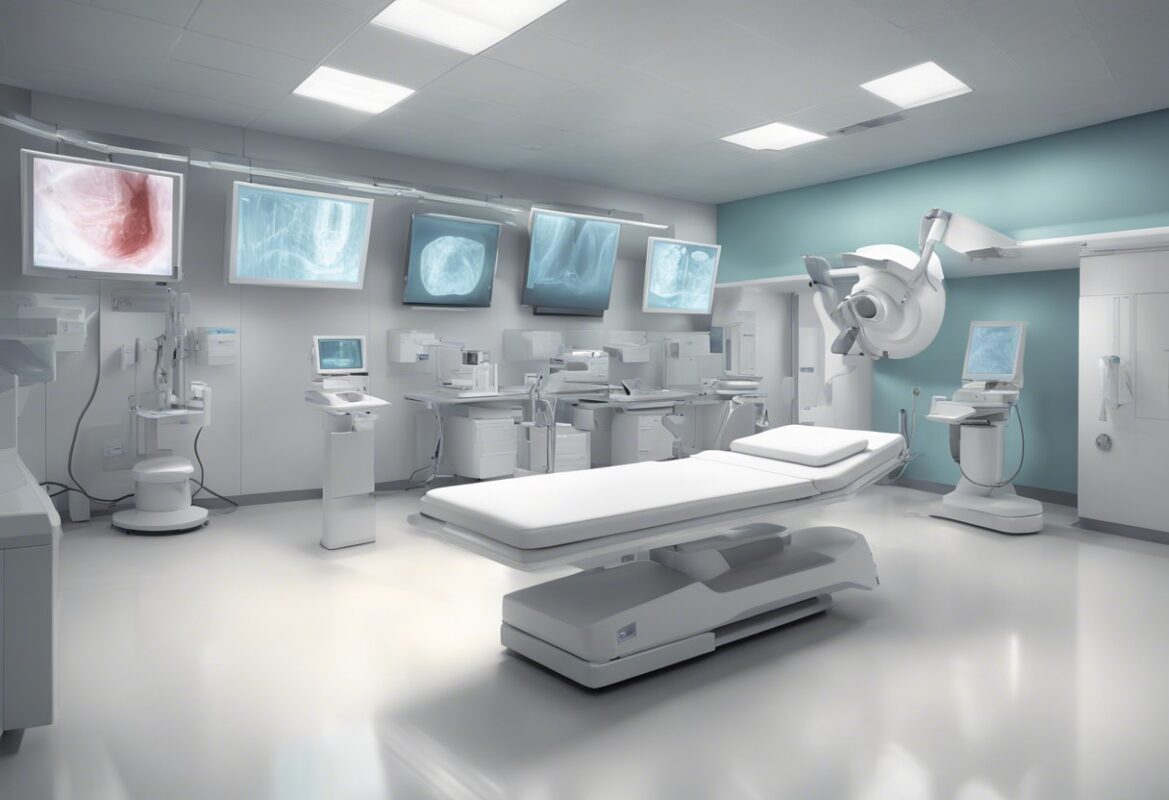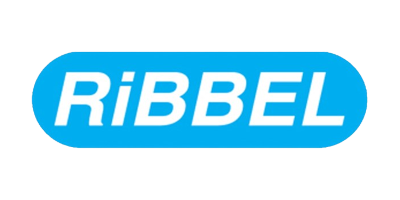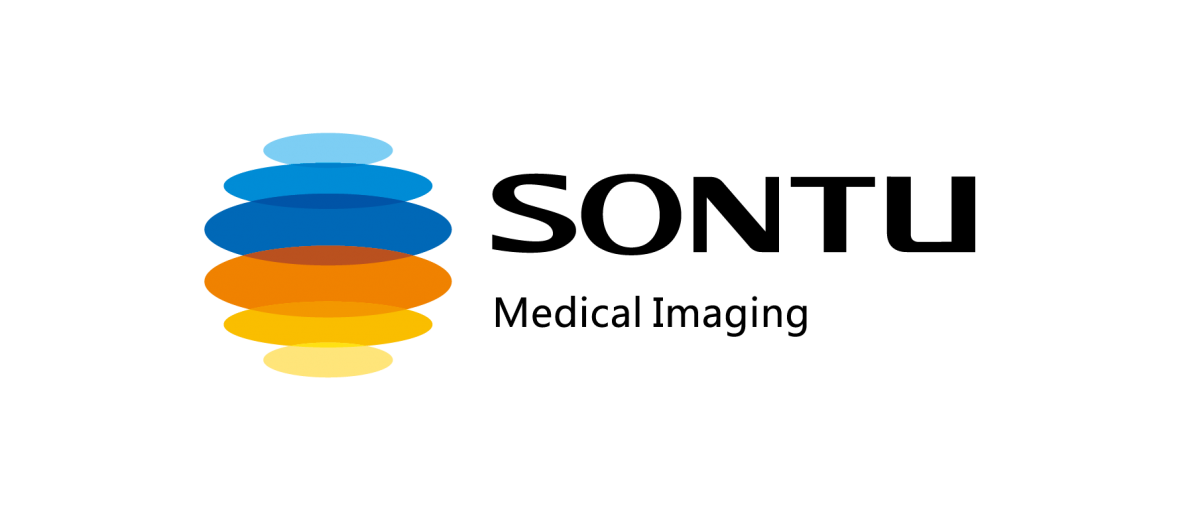The veterinary field, like human healthcare, has experienced significant advancements in technology, leading to improved diagnostics, treatment, and overall care for animals. These innovations are not only enhancing the capabilities of veterinarians but also ensuring better health outcomes for pets and livestock. In this comprehensive post, we delve into the latest technologies in veterinary medicine, their applications, and the future trends that are shaping this dynamic field.
The Evolution of Veterinary Technology
Veterinary medicine has evolved from basic tools and techniques to sophisticated digital systems and minimally invasive procedures. Modern veterinary technologies aim to improve diagnosis, treatment planning, and therapeutic outcomes, providing better care for animals and more efficient workflows for veterinary professionals.
Key Veterinary Technologies
1. Digital Imaging and Diagnostics
Digital Radiography (DR)
- Function: Digital radiography captures high-resolution X-ray images of animals, providing detailed views of bones, organs, and tissues.
- Benefits: Enhanced image quality, reduced radiation exposure, faster processing times, and improved diagnostic accuracy.
Ultrasound
- Function: Ultrasound uses sound waves to create real-time images of internal structures, allowing for non-invasive examination of soft tissues, organs, and blood flow.
- Benefits: Safe, non-invasive, and highly effective for diagnosing conditions such as pregnancy, tumors, and organ abnormalities.
Computed Tomography (CT) and Magnetic Resonance Imaging (MRI)
- Function: CT and MRI provide detailed cross-sectional images of the body, offering superior visualization of complex structures.
- Benefits: Improved diagnostic capabilities for conditions involving the brain, spinal cord, and joints, leading to better treatment planning.
2. Laboratory Diagnostics
In-House Laboratory Equipment
- Function: Advanced in-house laboratory equipment allows for rapid testing and analysis of blood, urine, and tissue samples.
- Benefits: Quick turnaround times for diagnostic results, enabling timely treatment decisions and improved patient care.
Molecular Diagnostics
- Function: Techniques such as polymerase chain reaction (PCR) and next-generation sequencing (NGS) are used to identify pathogens and genetic conditions.
- Benefits: High accuracy, early detection of diseases, and the ability to tailor treatments to specific genetic profiles.
3. Surgical and Therapeutic Technologies
Laser Surgery
- Function: Laser technology is used for a variety of surgical procedures, including soft tissue surgeries and tumor removal.
- Benefits: Minimally invasive, reduced pain and bleeding, faster healing times, and decreased risk of infection.
Endoscopy
- Function: Endoscopy involves using a flexible tube with a camera and light to visualize and perform procedures within the gastrointestinal tract, respiratory system, and other body cavities.
- Benefits: Non-invasive, high precision, reduced recovery times, and the ability to perform biopsies and remove foreign objects.
4. Anesthesia and Monitoring
Advanced Anesthesia Machines
- Function: Modern anesthesia machines provide precise control over anesthetic delivery and monitoring of vital signs.
- Benefits: Increased safety, improved control of anesthesia depth, and enhanced monitoring of patient status during surgery.
Patient Monitoring Systems
- Function: Continuous monitoring of vital signs such as heart rate, blood pressure, and oxygen saturation during and after surgical procedures.
- Benefits: Enhanced patient safety, early detection of complications, and improved post-operative care.
5. Telemedicine and Remote Monitoring
Telemedicine Platforms
- Function: Telemedicine platforms enable remote consultations, follow-ups, and monitoring of animal health.
- Benefits: Increased access to veterinary care, convenience for pet owners, and better management of chronic conditions.
Wearable Devices
- Function: Wearable devices for animals monitor activity levels, heart rate, and other health parameters.
- Benefits: Continuous health monitoring, early detection of health issues, and improved management of chronic conditions.
6. Regenerative Medicine and Stem Cell Therapy
Stem Cell Therapy
- Function: Using stem cells to repair and regenerate damaged tissues and treat conditions such as arthritis and tendon injuries.
- Benefits: Promotes natural healing, reduces pain and inflammation, and improves mobility and quality of life for animals.
Platelet-Rich Plasma (PRP) Therapy
- Function: PRP therapy involves injecting concentrated platelets from the animal’s blood to accelerate healing of injured tissues.
- Benefits: Enhanced healing process, reduced recovery time, and improved outcomes for orthopedic and soft tissue injuries.
Applications and Benefits of Veterinary Technologies
Improved Diagnostics and Treatment Planning
Advanced imaging and diagnostic tools provide detailed insights into animal health conditions, enabling precise treatment planning and early detection of issues. Technologies like digital radiography, ultrasound, and MRI offer high-resolution images that enhance diagnostic accuracy and treatment outcomes.
Enhanced Patient Care and Experience
Modern veterinary technologies focus on animal comfort and convenience. Minimally invasive procedures, telemedicine, and wearable devices reduce animal stress and improve overall health management. Telemedicine expands access to care, making consultations and follow-ups more accessible and convenient for pet owners.
Increased Efficiency and Precision
Laboratory diagnostics, laser surgery, and endoscopy streamline veterinary procedures, reducing time and improving the precision of treatments. These technologies enhance the accuracy and effectiveness of veterinary care, leading to better long-term outcomes for animals.
Cost-Effective Solutions
While the initial investment in advanced veterinary technologies can be significant, the long-term benefits include reduced treatment times, fewer complications, and improved animal health. Technologies like in-house laboratory equipment and telemedicine offer cost-effective solutions for providing high-quality veterinary care.
Future Trends in Veterinary Technology
Artificial Intelligence (AI) and Machine Learning
- Innovation: AI and machine learning algorithms are being integrated into veterinary diagnostics and practice management tools.
- Impact: Improved diagnostic accuracy, predictive analytics for treatment planning, and enhanced patient management.
Smart Veterinary Devices
- Innovation: Development of smart collars, monitors, and other devices that provide real-time data on an animal’s health and behavior.
- Impact: Continuous health monitoring, early detection of health issues, and better management of chronic conditions.
3D Printing in Veterinary Medicine
- Innovation: 3D printing technology is used to create customized prosthetics, implants, and surgical models tailored to individual animals.
- Impact: Enhanced treatment outcomes, personalized veterinary care, and faster recovery times.
Genomic and Precision Medicine
- Innovation: Advances in genomics and biometrics are paving the way for personalized veterinary care tailored to an animal’s genetic makeup and health profile.
- Impact: More effective and targeted treatments, reduced risk of adverse reactions, and improved overall health management.
Conclusion
The landscape of veterinary technology is rapidly advancing, offering numerous benefits for both veterinary professionals and animal patients. From digital diagnostics and laboratory equipment to laser surgery and telemedicine, these innovations are transforming veterinary care by improving precision, efficiency, and patient outcomes. As we look to the future, emerging technologies like AI, smart devices, and precision medicine hold the promise of further revolutionizing the field, ensuring better health outcomes for animals. Stay informed and embrace these advancements to remain at the forefront of veterinary care, providing the highest standard of treatment and care for your animal patients.
